(CLO) The world's first wooden satellite, built by Japanese researchers, was launched into space on November 5, in an initial test of using wood to explore the Moon and Mars.
The LignoSat satellite, developed by Kyoto University and construction company Sumitomo Forestry, will be delivered to the International Space Station on a SpaceX mission, and then placed into orbit about 400 kilometers above Earth.
Named after the Latin word for “wood,” the palm-sized LignoSat is tasked with demonstrating the potential of renewable materials as humans explore life in space.
"With wood, a material that we can produce ourselves, we will be able to build houses, live and work in space forever," said astronaut Takao Doi at Kyoto University.
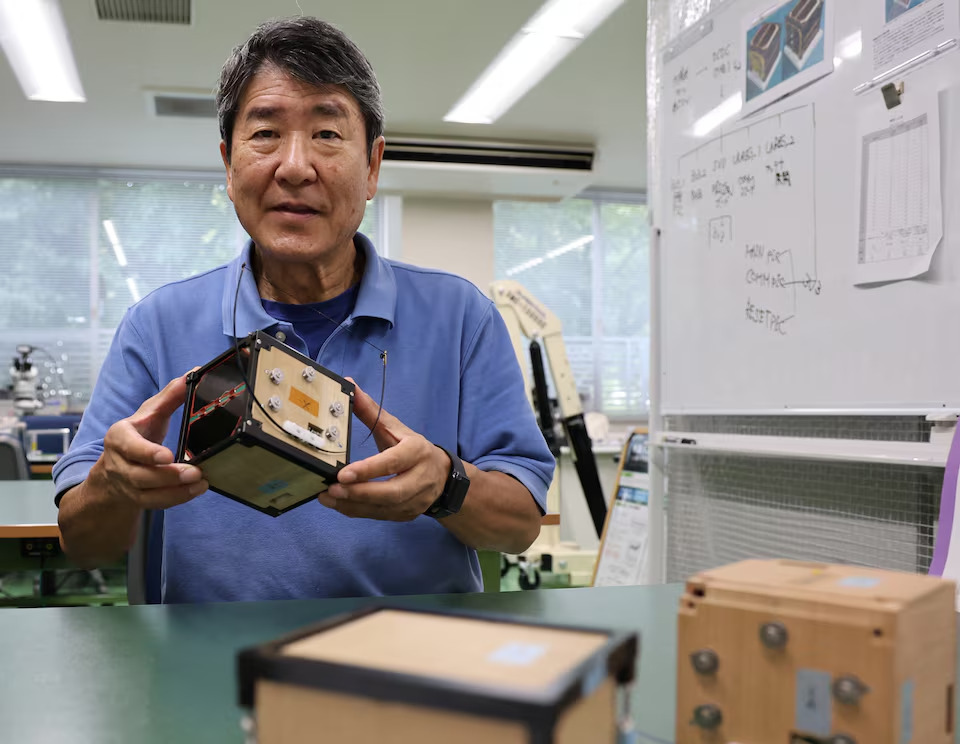
Former Japanese astronaut Takao Doi holds a model of LignoSat. Photo: Reuters
With a 50-year plan to plant trees and build wooden houses on the Moon and Mars, Doi's team decided to develop a NASA-certified wooden satellite to prove that wood is a usable material in space.
"Airplanes in the early 1900s were made of wood. A wooden satellite would also be possible," said Kyoto University forestry science professor Koji Murata, noting that wood is more durable in space than on Earth because there is no water or oxygen to cause wood to rot or burn.
Researchers found that honoki, a magnolia tree native to Japan and traditionally used to make sword sheaths, is the most suitable tree to make spacecraft, after 10 months of testing on the International Space Station.
LignoSat is made of honoki, a traditional Japanese craft that requires no screws or glue. Once deployed, LignoSat will remain in orbit for six months, with electronics measuring the wood’s ability to withstand the harsh environment of space, where temperatures range from -100 to 100 degrees Celsius.
Decommissioned satellites must re-enter the atmosphere to avoid becoming space junk. Conventional metal satellites create aluminum oxide particles during re-entry, but wooden satellites will simply burn up and create less pollution, Doi said.
“Metal satellites may be banned in the future,” said Doi. “If we can prove our first wooden satellite works, we would like to introduce it to Elon Musk’s SpaceX.”
Hoai Phuong (according to Reuters)
Source: https://www.congluan.vn/ve-tinh-go-dau-tien-tren-the-gioi-dang-huong-den-khong-gian-post320095.html


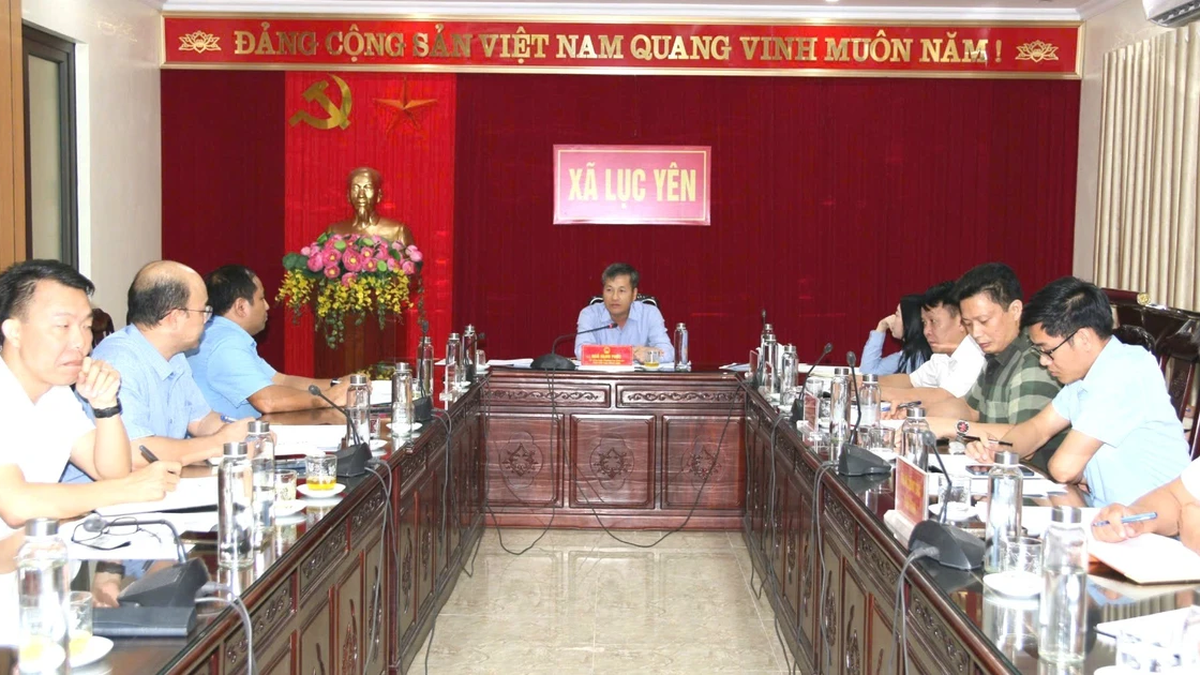



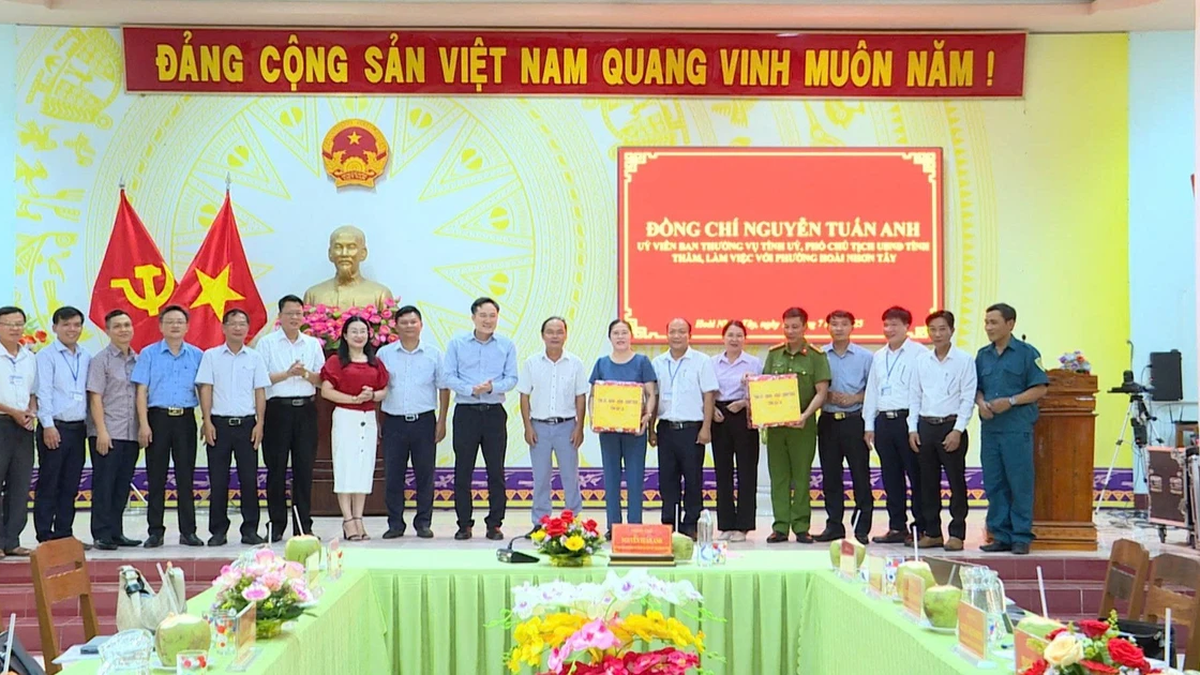
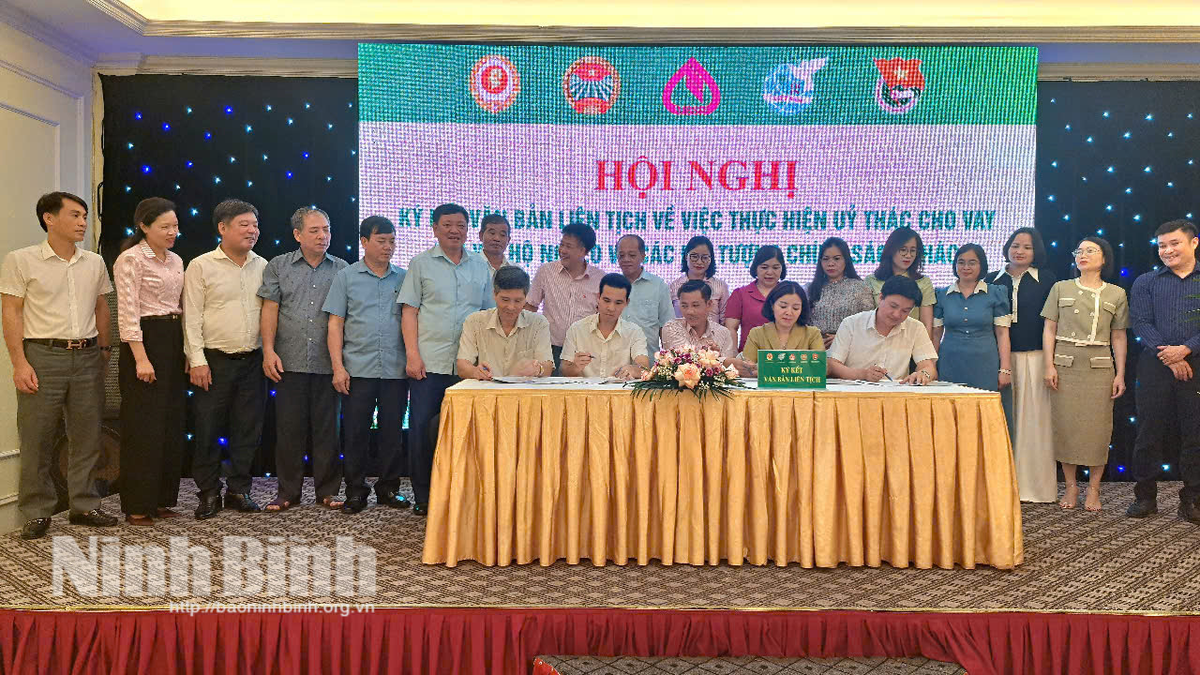

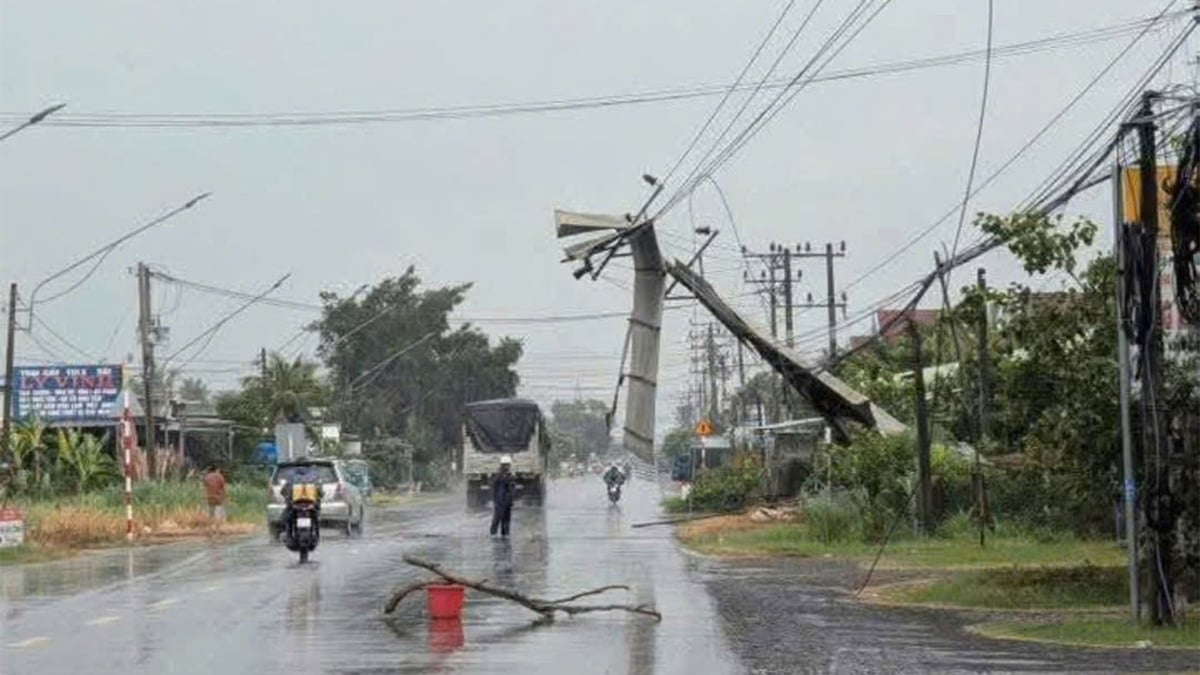










































![[Maritime News] More than 80% of global container shipping capacity is in the hands of MSC and major shipping alliances](https://vphoto.vietnam.vn/thumb/402x226/vietnam/resource/IMAGE/2025/7/16/6b4d586c984b4cbf8c5680352b9eaeb0)













































Comment (0)